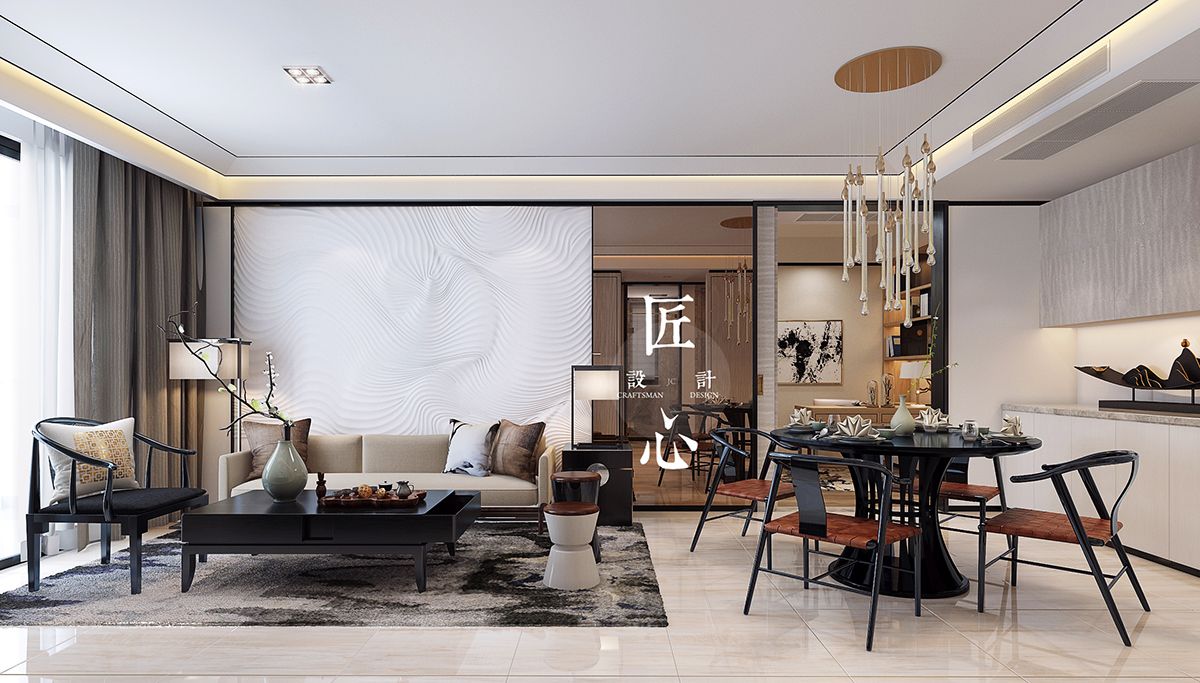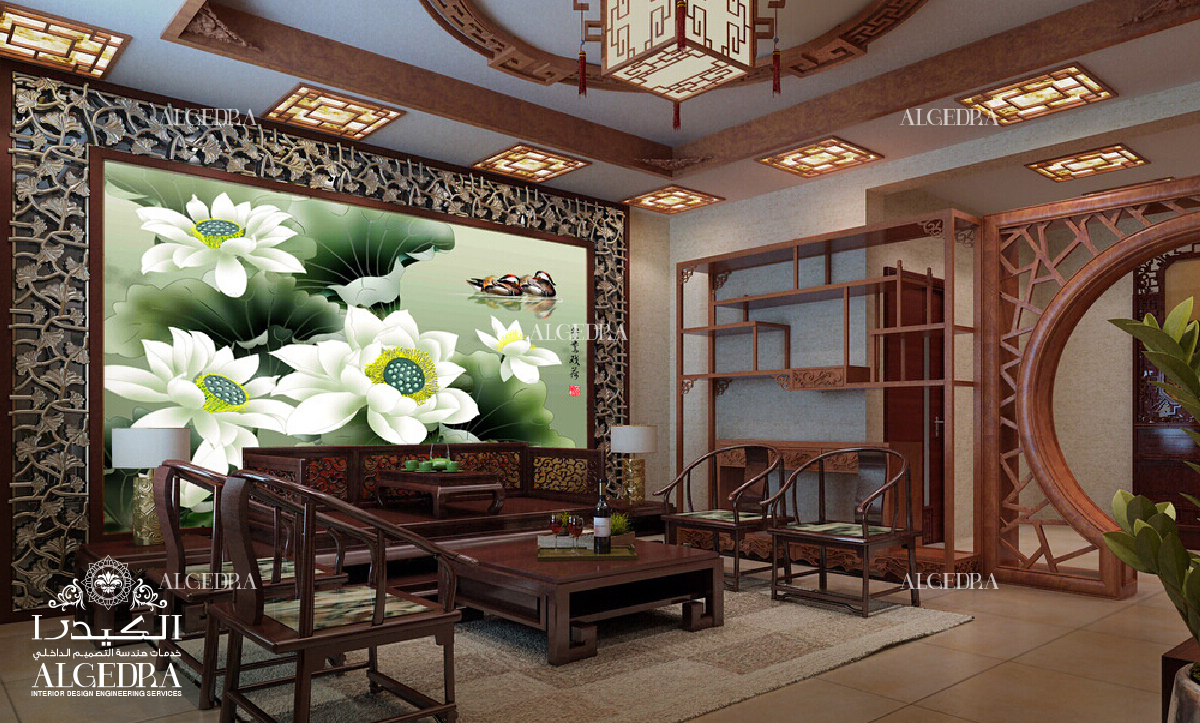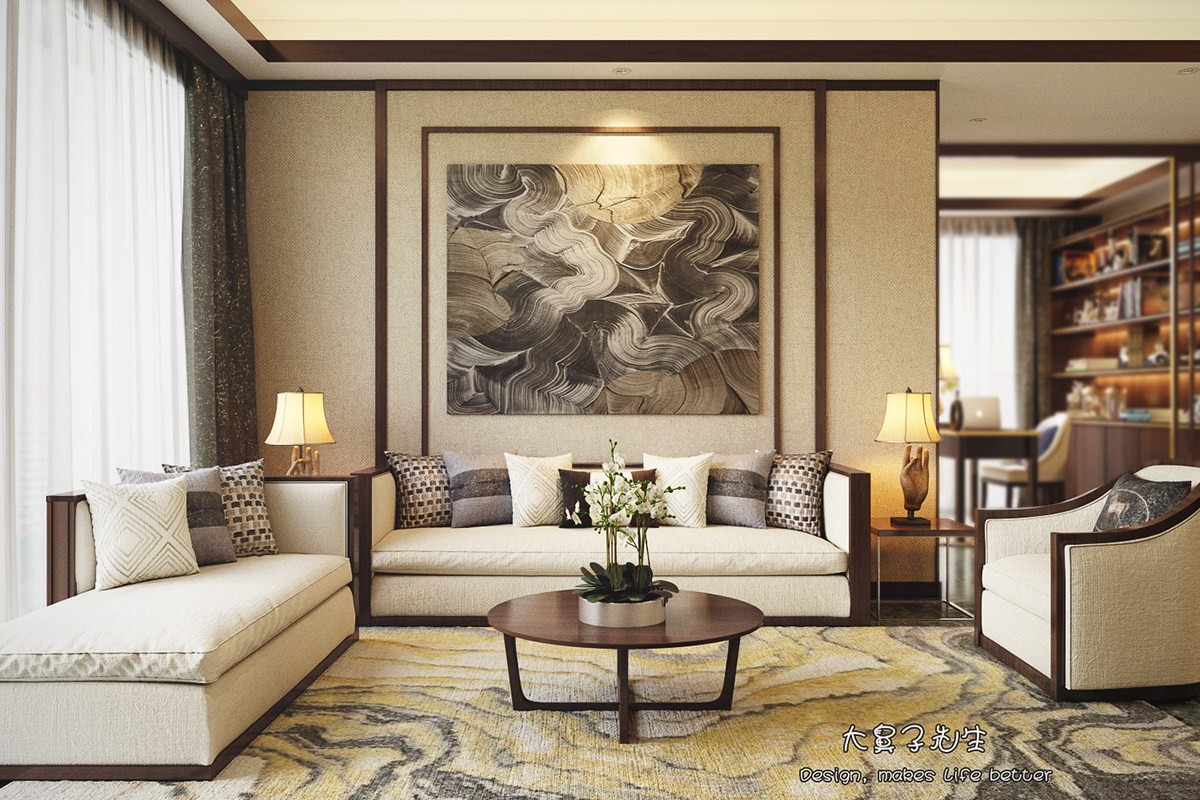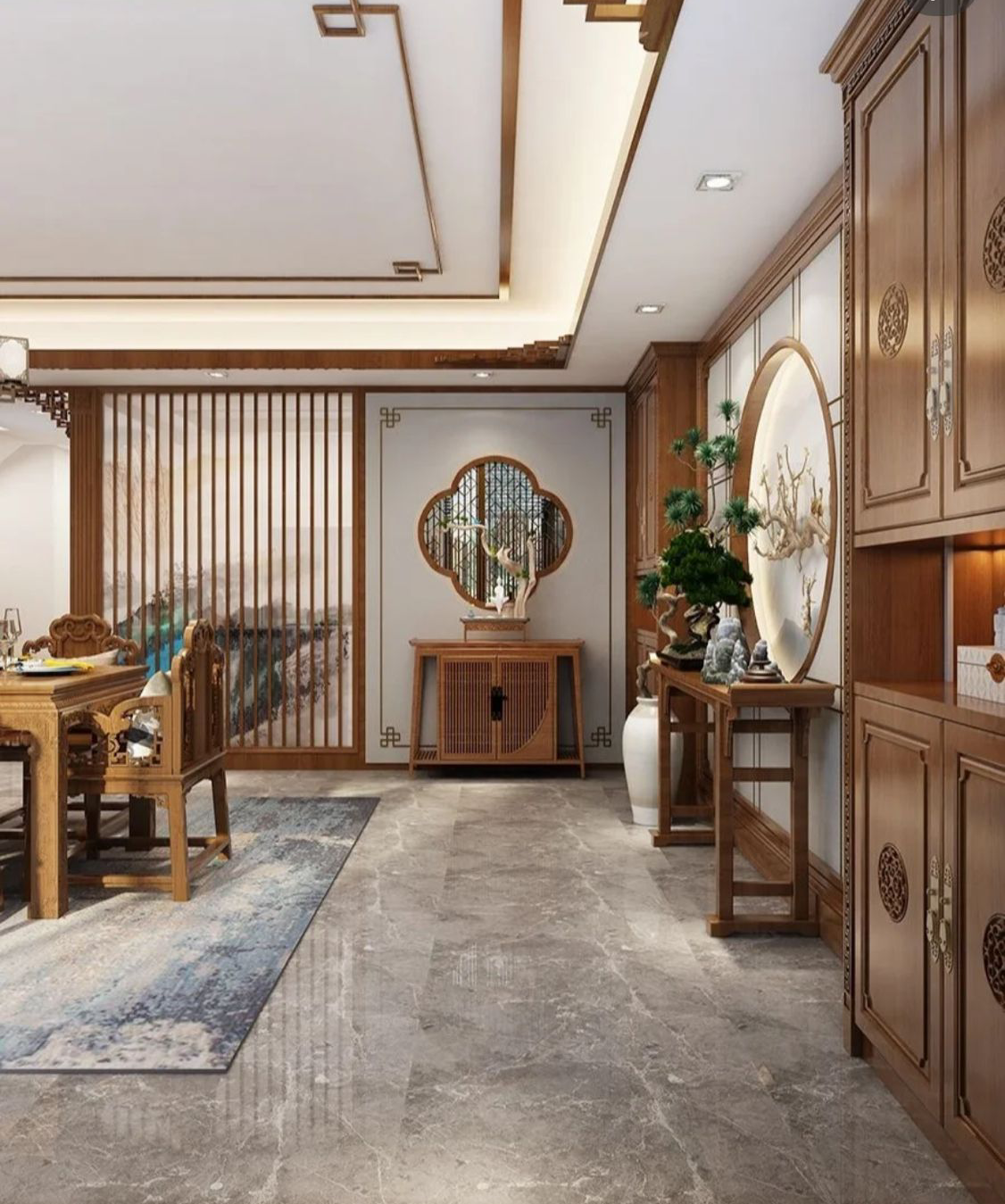Chinese interior decorating is more than just a style; it’s a philosophy that intertwines aesthetics, symbolism, and functionality. Having traveled extensively in China and experienced the warmth of its interiors, I have gathered insights that can help you create an inviting space that reflects this beautiful culture. In this article, we will explore various aspects of Chinese interior design, from traditional elements to modern adaptations, ensuring that you can incorporate this unique style into your home.
The Essence of Chinese Interior Design
Chinese interior decorating emphasizes harmony and balance, often reflecting the principles of Feng Shui. This ancient practice is all about aligning your environment with positive energy to promote a happy home. Dark woods, strong color palettes, and intricate patterns often characterize traditional Chinese design.
Cultural Significance in Design Elements
Each element in Chinese interior decorating carries deep cultural significance:

- Red: Represents good fortune and joy.
- Black: Symbolizes water and is associated with wisdom.
- Gold: Denotes wealth and prosperity.
Core Principles of Chinese Interior Design

The core principles revolve around creating a serene atmosphere, incorporating natural elements, and utilizing space wisely.
- Balance: Ensure that no one area of the room overwhelms another.
- Functionality: Furniture should serve a purpose while contributing to the overall design.
- Natural Elements: Incorporate wood, water, and plants to create a harmonious environment.

Popular Chinese Interior Styles
Chinese interior design has evolved, but several traditional styles remain prominent today:

1. Traditional Chinese Style
This style features antique furniture, ornate decorations, and rich color palettes. Wooden elements and symbolic motifs play a significant role in creating an authentic atmosphere.
Pros and Cons of Traditional Chinese Style

| Pros | Cons |
|---|---|
| Rich in culture and history | Can be expensive to source authentic pieces |
| Creates a unique and inviting space | May feel too ornate for some modern tastes |
2. Modern Chinese Style
This style blends traditional elements with contemporary design, featuring cleaner lines and a more minimalist approach while maintaining cultural symbolism.

Pros and Cons of Modern Chinese Style
| Pros | Cons |
|---|---|
| More versatile for various spaces | May lack the depth of traditional styles |
| Easy to incorporate into existing decor | Can be overly simplified at times |
3. Chinese Zen Style
Inspired by the principles of Zen Buddhism, this style prioritizes calmness and simplicity, often utilizing neutral color palettes and natural materials.
Pros and Cons of Chinese Zen Style
| Pros | Cons |
|---|---|
| Promotes relaxation and mindfulness | May feel too stark for some |
| Easy to maintain and clean | Can lack personality without careful curation |
Key Elements of Chinese Interior Decorating
Incorporating specific elements can enhance your space’s Chinese aesthetic:
Furniture
Traditional Chinese furniture features intricate carvings and sturdy materials, such as hardwoods. When selecting furniture, opt for:
- Antique pieces that tell a story.
- Low tables and chairs to create an intimate setting.
- Sturdy cabinets to display decorative items.
Color Palette
The Chinese color palette is bold and expressive. Key colors include:
- Red: To symbolize joy and luck.
- Green: Represents life and renewal.
- Gold: For prosperity and wealth.
Textiles
Fabrics play a crucial role in softening a space. Use:
- Silk cushions and throws.
- Richly patterned curtains.
- Traditional Chinese motifs for table runners.
Artwork
Art is a significant aspect of Chinese interiors. Consider incorporating:
- Calligraphy scrolls.
- Traditional ink paintings.
- Porcelain vases and sculptures.
Practical Tips for Achieving a Chinese Interior Design
1. Start with a Neutral Base
This allows you to build layers of color and texture, which is essential in Chinese design.
2. Incorporate Natural Elements
Plants, water features, and natural light are crucial for creating balance.
3. Choose Furniture Wisely
Mix styles to create a personalized blend, from traditional to modern.
4. Use Symbolic Decor
Incorporate items that hold meaning, such as lucky charms or artworks depicting nature.
Comparing Traditional and Modern Chinese Interior Styles
| Aspect | Traditional Style | Modern Style |
|---|---|---|
| Furniture | Ornate, antique pieces | Sleek, functional designs |
| Color Palette | Bold, rich colors | Subdued, neutral tones |
| Decor | Symbolic and intricate | Minimalist and functional |
Conclusion
Incorporating Chinese interior decorating into your home can create a warm, inviting atmosphere that feels both timeless and contemporary. By blending traditional elements with modern touches, you can craft a space that reflects your personal style while honoring the rich cultural heritage of China. Remember, at the heart of this decorating style is balance and harmony, so take your time to curate pieces that resonate with you.
FAQs about Chinese Interior Decorating
What are the main characteristics of Chinese interior design?
Chinese interior design is characterized by harmony, balance, and the use of cultural symbols. Key elements include a rich color palette, intricate furniture, and natural materials.
How can I incorporate Feng Shui into my home decor?
To incorporate Feng Shui, arrange furniture to promote flow and accessibility, use colors that signify positive energy in the room, and incorporate plants to enhance vitality.
What types of furniture are commonly used in Chinese decor?
Common furniture includes low tables, antique cabinets, and intricately carved chairs that are functional yet representative of cultural heritage.
Is it possible to mix modern and traditional Chinese styles?
Absolutely! Mixing styles can create a dynamic space that feels fresh yet grounded in tradition, allowing for personal expression.
What colors should I use for a Chinese-themed room?
Incorporate bold colors like red and gold for accents, with a neutral base to allow these vibrant colors to stand out without overwhelming the space.